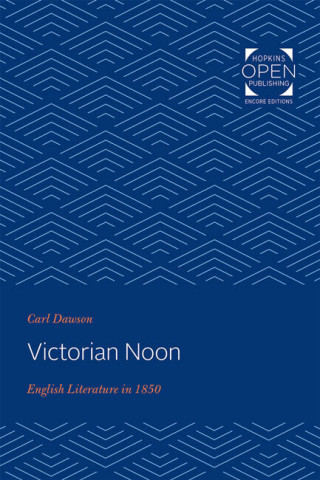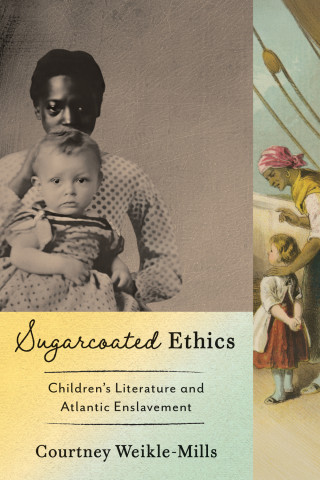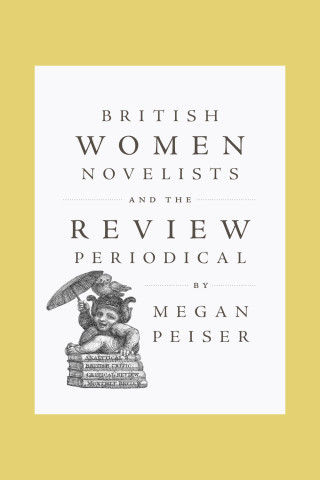Originally published in 1979. Carl Dawson looks at the year 1850, which was an extraordinary year in English literary history, to study both the great and forgotten writers, to survey journals and novels, poems and magazines, and to ask questions about dominant influences and ideas. His primary aim is descriptive: How was Wordsworth's Prelude received by his contemporaries on its publication in 1850? How did reviewers respond to new tendencies in poetry and fiction/ Who were the prominent literary models? But Dawson's descriptions also lead to broader, theoretical questions about such issues...
Originally published in 1979. Carl Dawson looks at the year 1850, which was an extraordinary year in English literary history, to study both the great and forgotten writers, to survey journals and novels, poems and magazines, and to ask questions about dominant influences and ideas. His primary aim is descriptive: How was Wordsworth's Prelude received by his contemporaries on its publication in 1850? How did reviewers respond to new tendencies in poetry and fiction/ Who were the prominent literary models? But Dawson's descriptions also lead to broader, theoretical questions about such issues as the status of the imagination in an age obsessed by mechanical invention, about the public role of the writer, the appeal to nature, and the use of myth and memory. To express the Victorians' estimation of poetry, for example, Dawson presents the contrasting views help by two eminent Victorians, Macaulay and Carlyle. In Macaulay's opinion, the advance of civilization led to the decline of poetry; Carlyle, on the other hand, saw the poet as a spiritual liberator in a world of materialists. The fusion of the poet's personal and public roles is witnessed in a discussion of the two mid-Victorian Poet Laureates, Wordsworth and his successor, Tennyson. In analyzing the relationship between the two writers' works, Dawson also highlights the extent of the Victorians' admiration for Dante. To give a wider perspective of the status of literature during this time, Dawson examines reviews, prefaces, and other remarks. Critics, he shows, made a clear distinction between poetry and fiction. Thus, in 1850, a comparison between, say, Wordsworth and Dickens would not have been made. Dawson, however, does compare the two, by focusing on their uses of autobiography. Dickens surfaces again, in a discussion of Victorian periodical publishing. Here, Dawson compares the Pre-Raphaelites' short-lived journal The Germ with Dickens' enormously popular Household Words and a radical paper, The Red Republican, which printed the first English version of "The Communist Manifesto" in 1850. In bringing together materials that have often been seen as disparate and unrelated and by suggesting new literary and ideological relationships, Carl Dawson has written a book to inform almost any reader, whether scholar of Victorian literature or lover of Dicken's novels.






